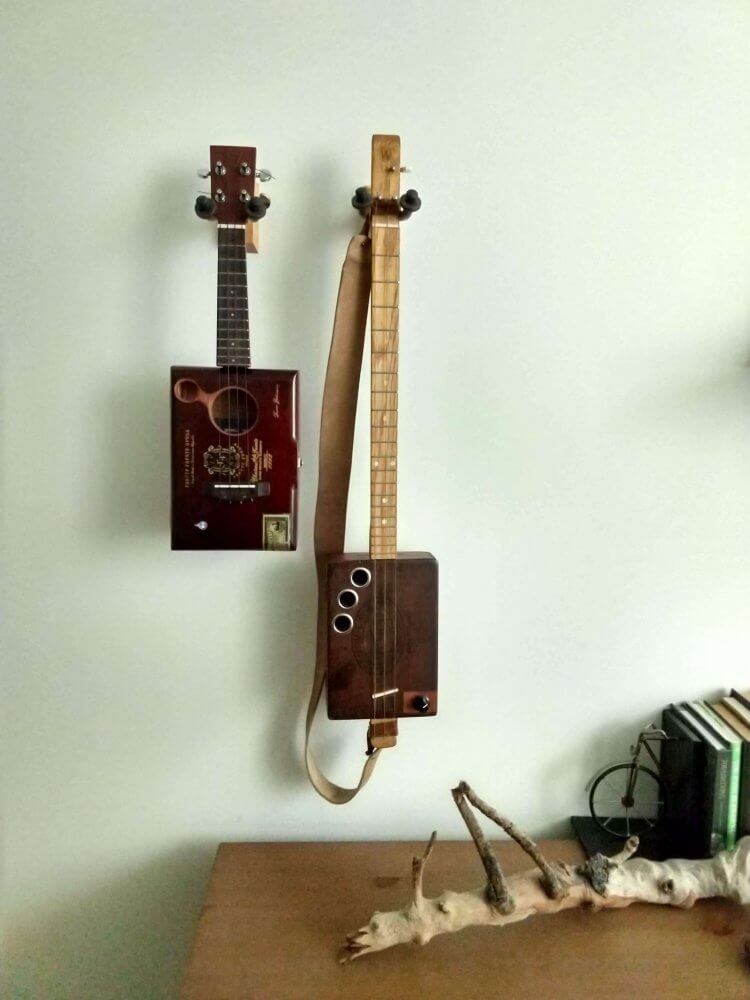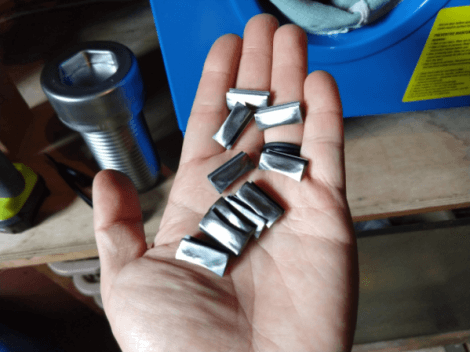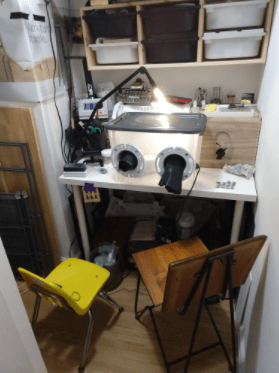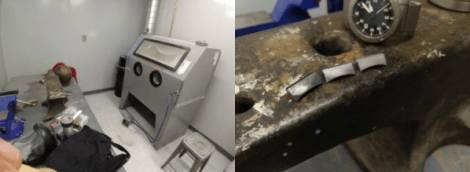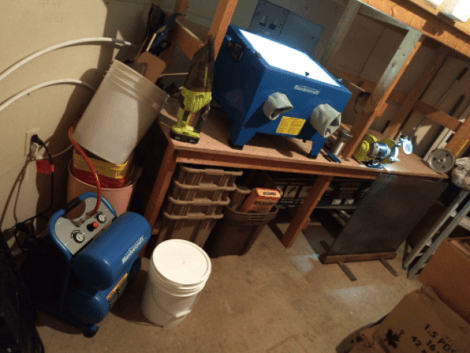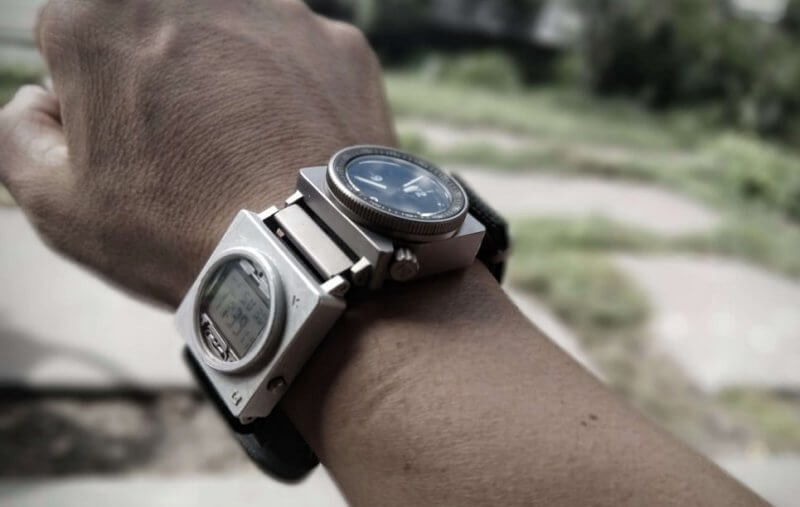
One of our new designs in the works is named SCOUT. The SCOUT design includes three modules: Analog, digital, and compass. They could be connected or used with other main watches.
The SCOUT design is inspired by the Seiko Field Master #1421-0140 (aka Contra) circa 1980.
It’s also inspired by my saddest day as a watch collector. That was the day my digital module went MIA — popped out of the Seiko Contra case during my bike ride home. Continue reading



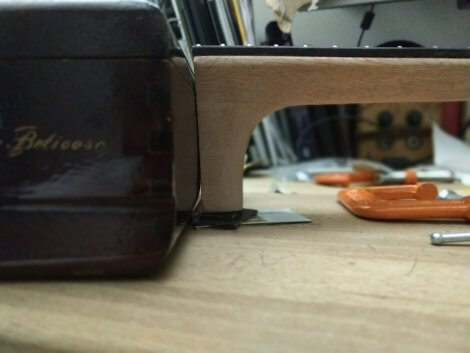
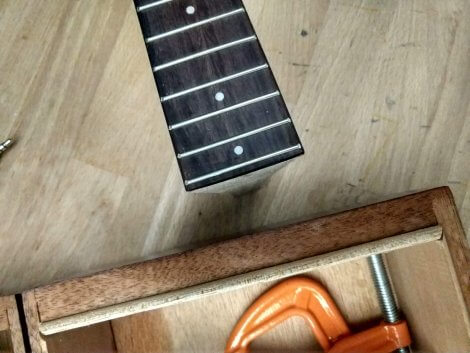
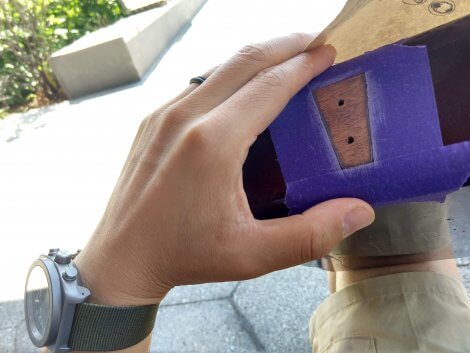
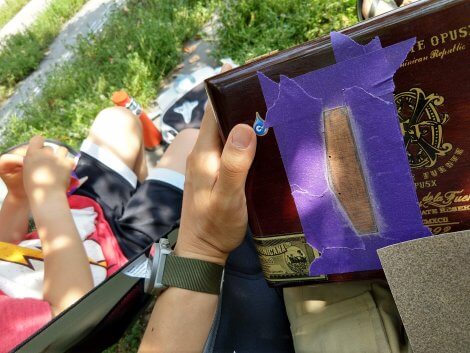
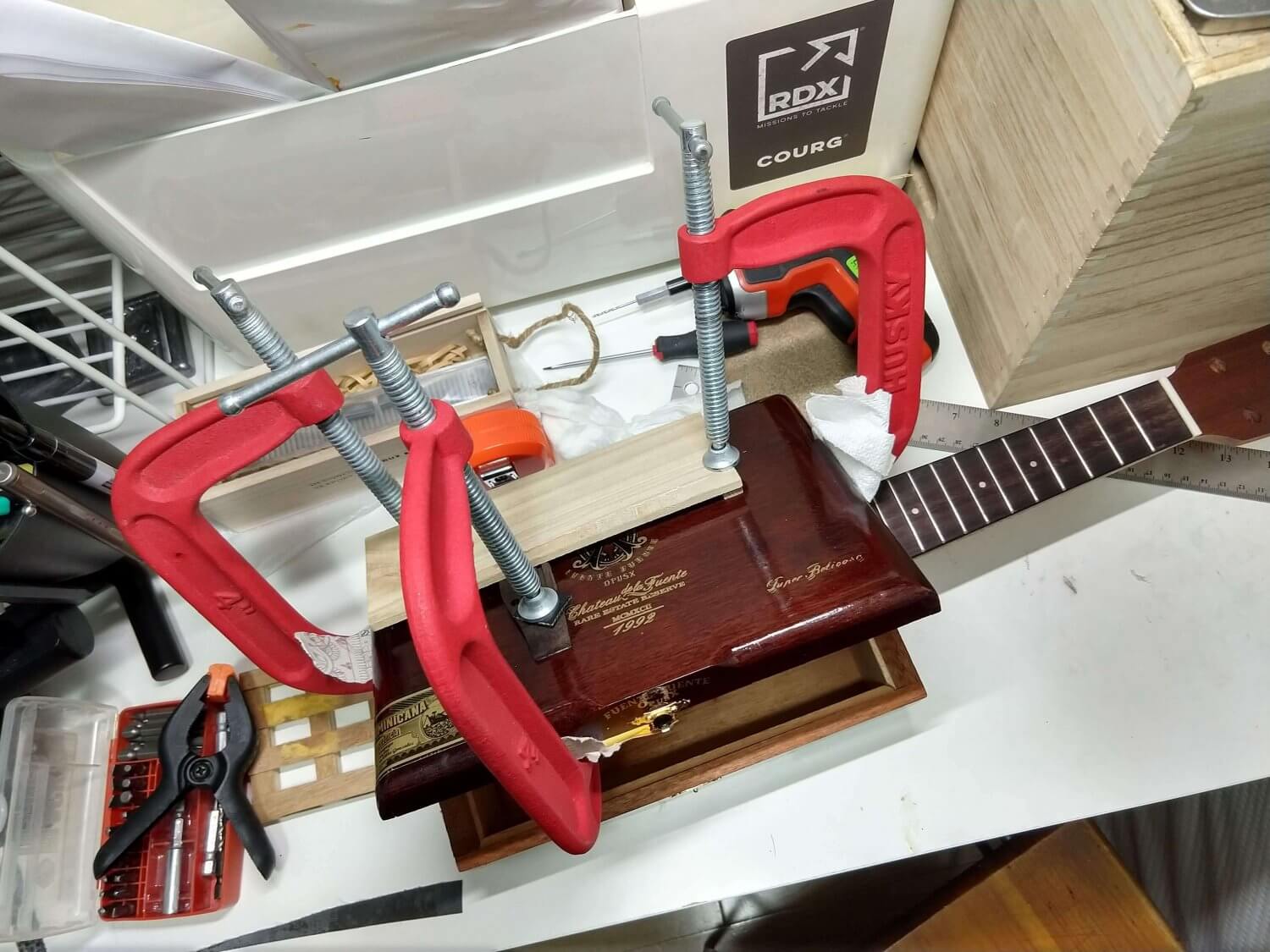
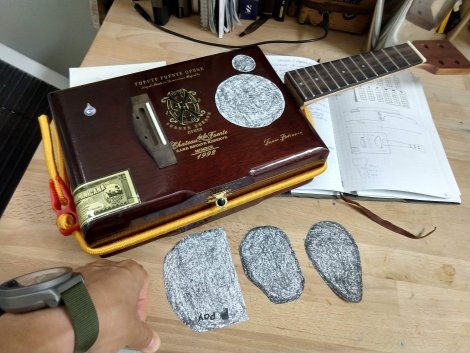
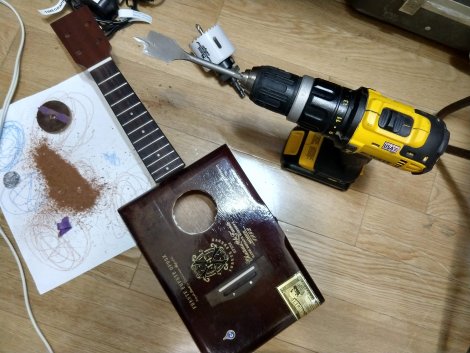

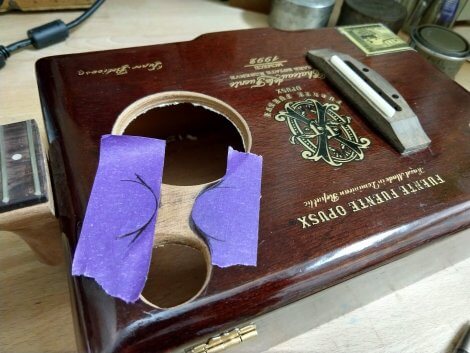
 To finish the Fuente OpusX, I chose some black string, and didn’t feel like fussing with tying knots on the bridge because I was eager to see if it would actually play and stay in tune! Next time I replace the strings, I’ll probably tie the knots though since the little beads aren’t great-looking.
To finish the Fuente OpusX, I chose some black string, and didn’t feel like fussing with tying knots on the bridge because I was eager to see if it would actually play and stay in tune! Next time I replace the strings, I’ll probably tie the knots though since the little beads aren’t great-looking.